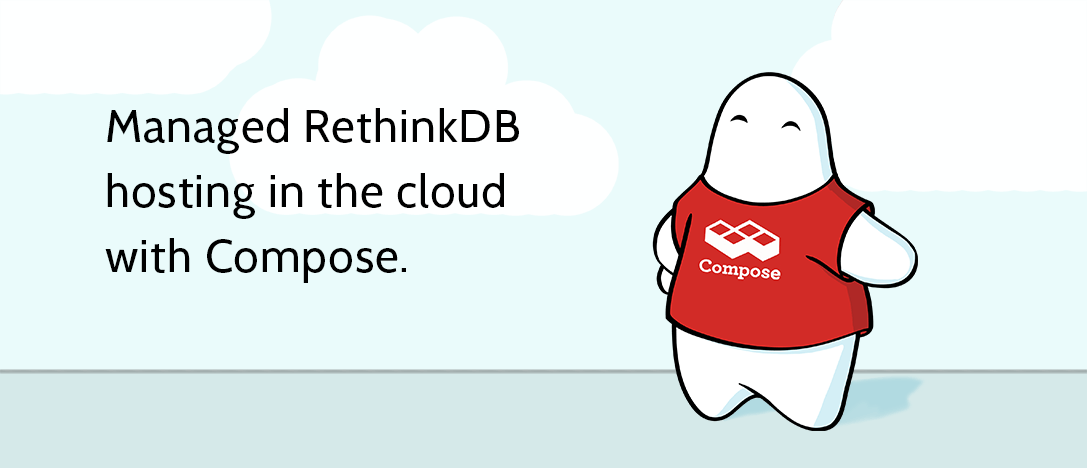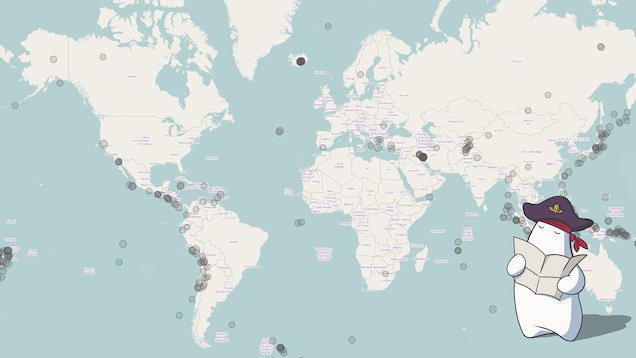Hosted RethinkDB deployments in the cloud now available from Compose

We are pleased to announce that our friends at Compose now offer RethinkDB hosting in the cloud. Their new service lets you get a managed RethinkDB deployment in a matter of seconds, providing a fast and easy way to start working on your RethinkDB project without the overhead of managing your own infrastructure or provisioning your own cluster.
Compose, formerly known as MongoHQ, is a dedicated Database as a Service (DBaaS) company. RethinkDB is the third database in their product lineup, launching alongside their existing support for MongoDB and Elasticsearch. Available today as a public beta, their hosted RethinkDB deployments come with automatic scaling and backups.
 Ryan Paul
Ryan Paul
 Josh Kuhn
Josh Kuhn

 Watts Martin
Watts Martin